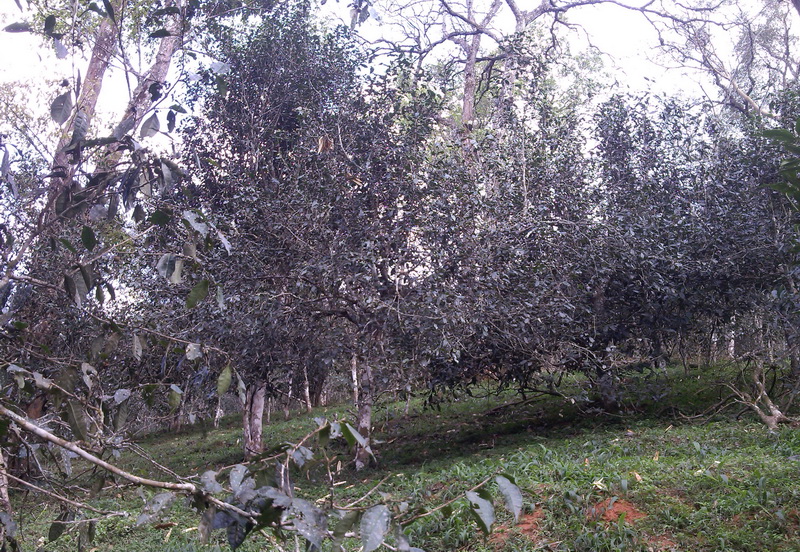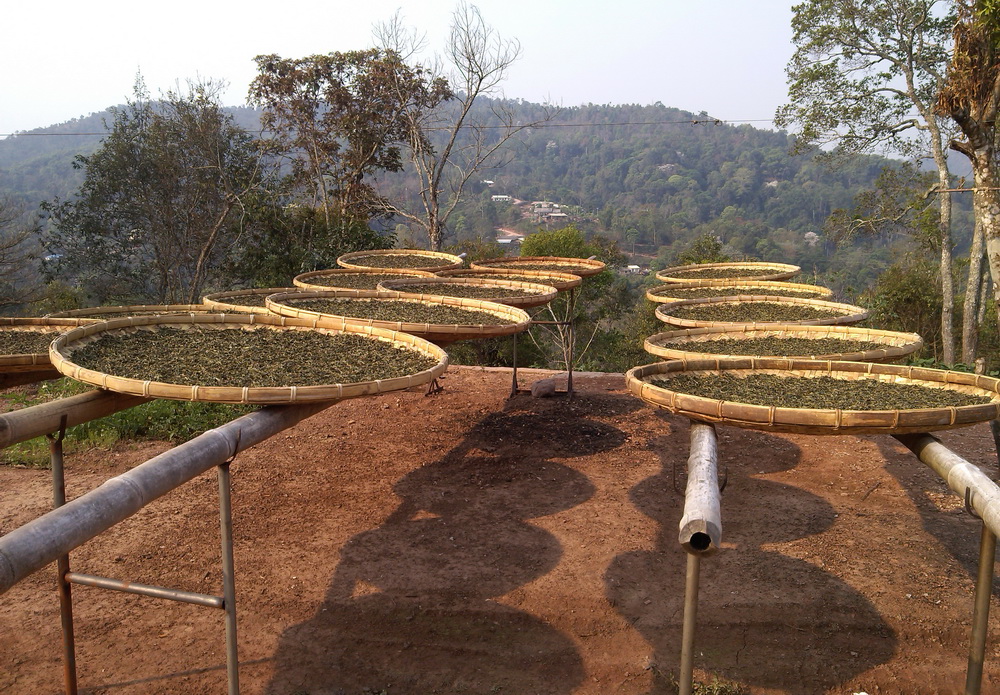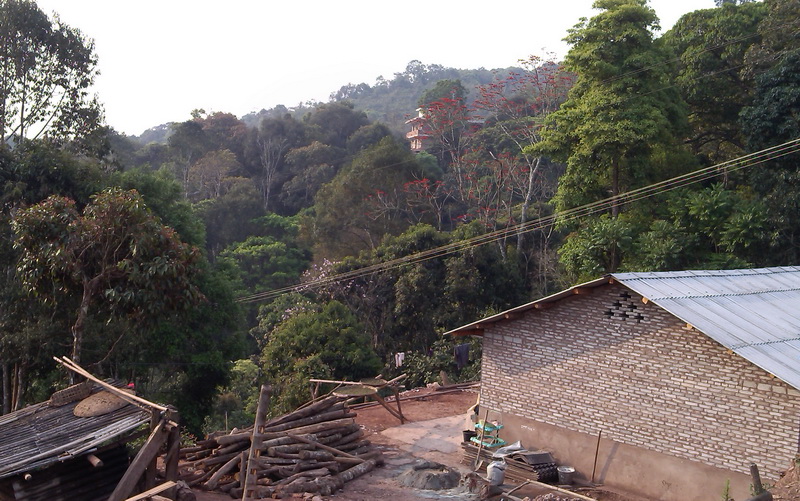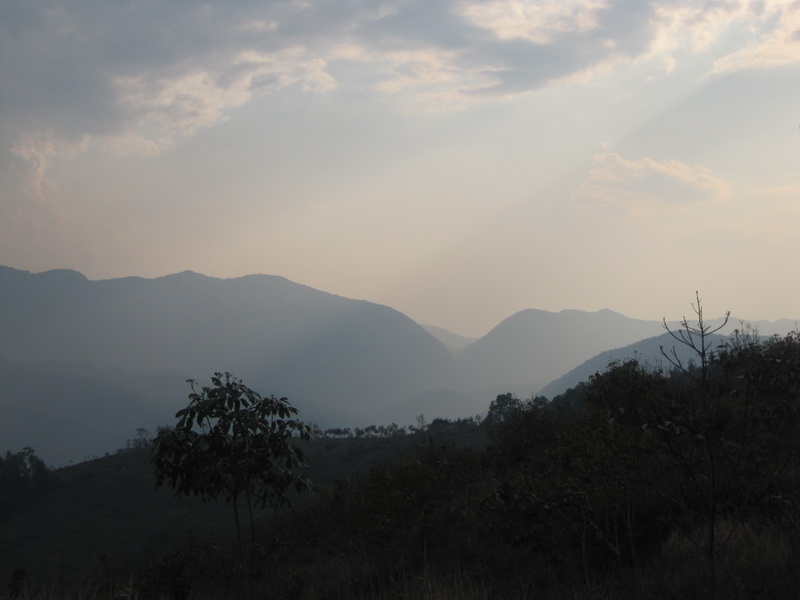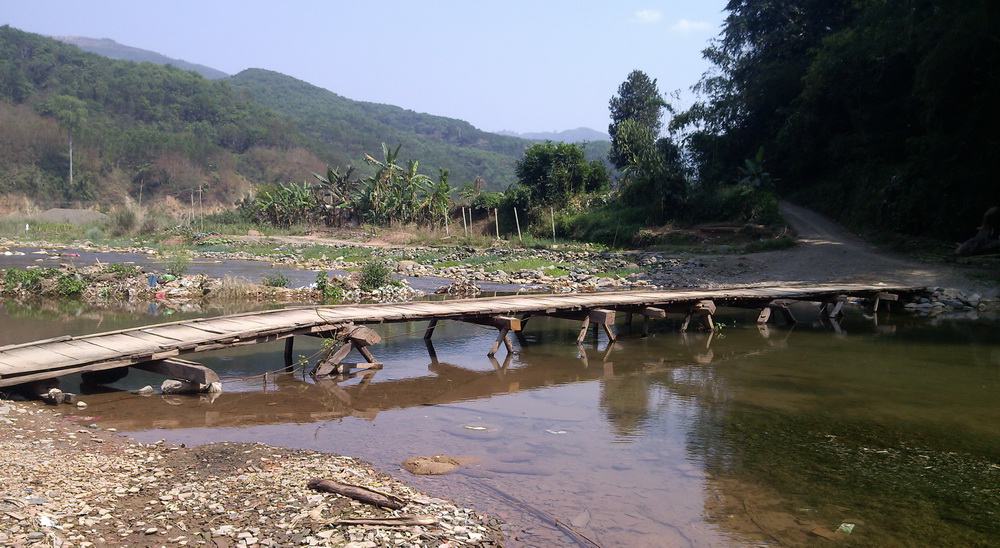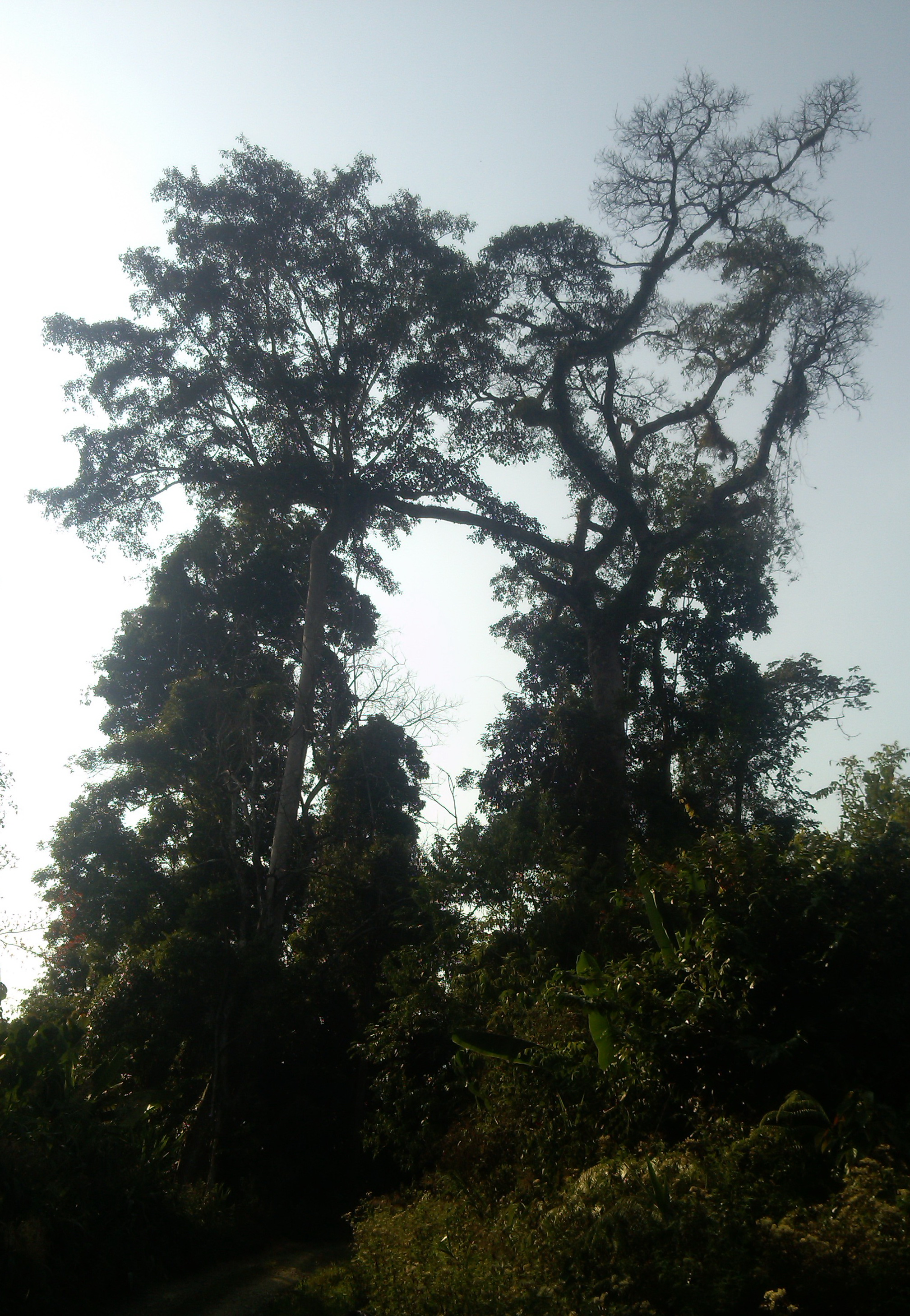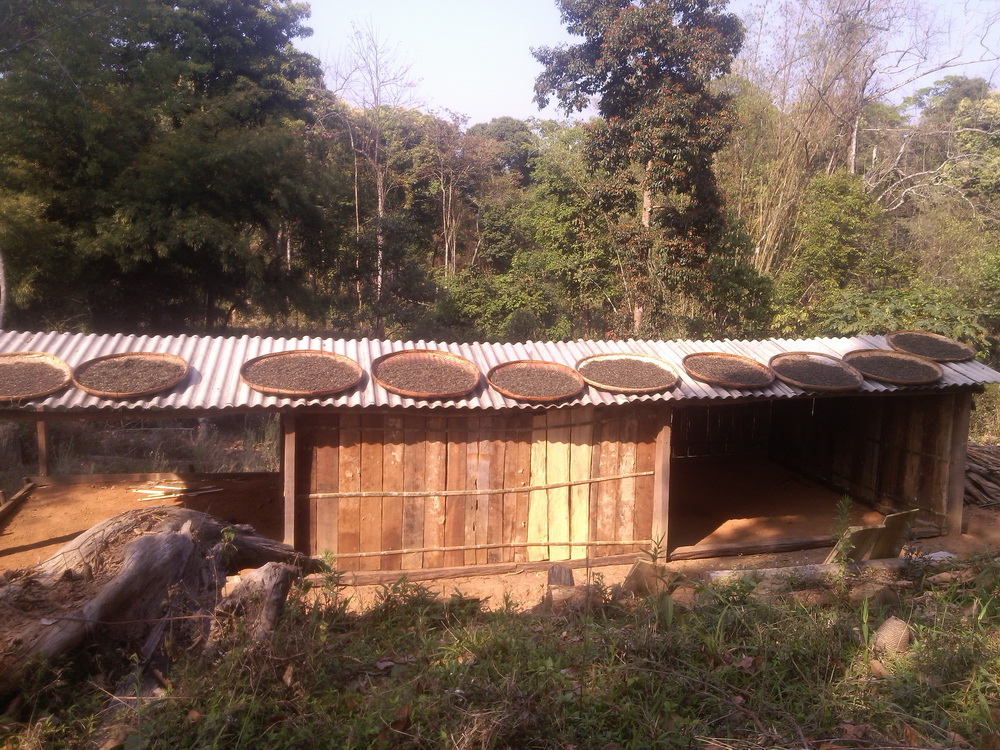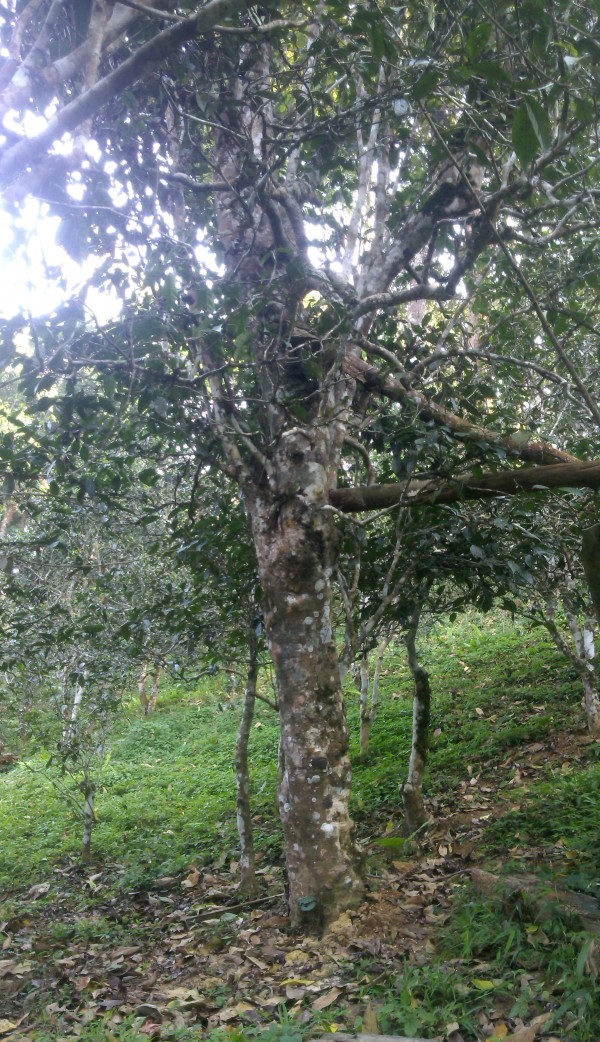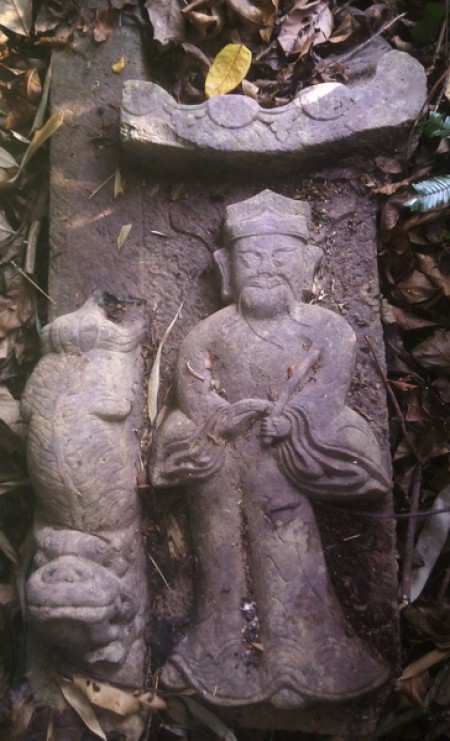Well, the hoopla of early Spring tea is done. Yet another round of price increases with plenty of exaggeration thrown in for good measure. Ban Zhang xiao shu for 3,800/kg, Man Song for 4000 to 6000 a kilo depending on who you are and who you talk to, Bing Dao for seven or eight thousand.
HM’s riff is that sheng cha has not yet reached it’s ceiling and that compared with Long Jin et al. it’s still very fairly priced. He is certainly not averse to paying top price for what he believes to be top grade tea, so I was surprised to hear him voice the idea that this year’s Bing Dao was not worth that much.
The rain early on in the year brought the first flush sooner than has been the case in the last few years, but then the tea was thinner in flavour. After the third week of March things improved, so there was a relatively brief window of time when the tea was good, and then it was Ching Ming Jie which, according to Han tea culture, signals the end of early Spring tea. Of course, it works as a rule of thumb for the most part, but there are always exceptions. Many tea farmers will try and tell you that in any case, the second flush is better than the first, but nobody much believes them.
In fact, it might make more sense to consider the lunar calendar rather than the solar – on which Qing Ming Jie is based – when picking tea, and by which it seems like harvesting might best be done on a waning moon.
Tea from more bei yin tea gardens have, to my mind at least, produced more interesting tea. Though this is not the case everywhere. The weather of the previous two or three years was in a sense an aberration and it is perhaps good that it has not continued. Though the current situation is also cause for concern.
Since the February rain, nothing. Hardly a drop in most places. So the second flush has not yet shown itself in many areas, though this is not universal. Many farmers reported a drop in gu shu yield this year, which is always good for helping to push up the price, but others reported above average harvests. Of course it’s not just the climate. There may well be other factors, like over-picking, that could bring about a drop in yield.
Sourcing good tea is not getting any easier: One needs to be paying attention, be resolute, have good contacts, have a good wad of money in one’s pocket, and some good luck too.
There was the usual flush of stories: like the sacks of tea in Gua Feng Zhai with last year’s gu hua cha stuffed in the bottom and some spring tea on top.
I was in one village, Ma Li Shu I think, when a tea farmer was lamenting the current situation: “These cha lao ban who only want tou chun tea. Whose going to buy the rest of the tea?” For them the trend of distinguishing between gu shu, da shu, xiao shu and first flush, second flush etc, is not particularly to their benefit. They perhaps feel that they need to be making significant sums of money on the first flush in order to offset the income from the rest of the season.
Certainly, the bigger producers, like the folks from Guangdong in Ya Nuo are good news for the villagers, as they will buy tea from all three seasons, so the farmers do not get stuck with tea that they have a hard time selling. This is a much more reliable income than picky tou-chunners who leave the farmer in a precarious position.

